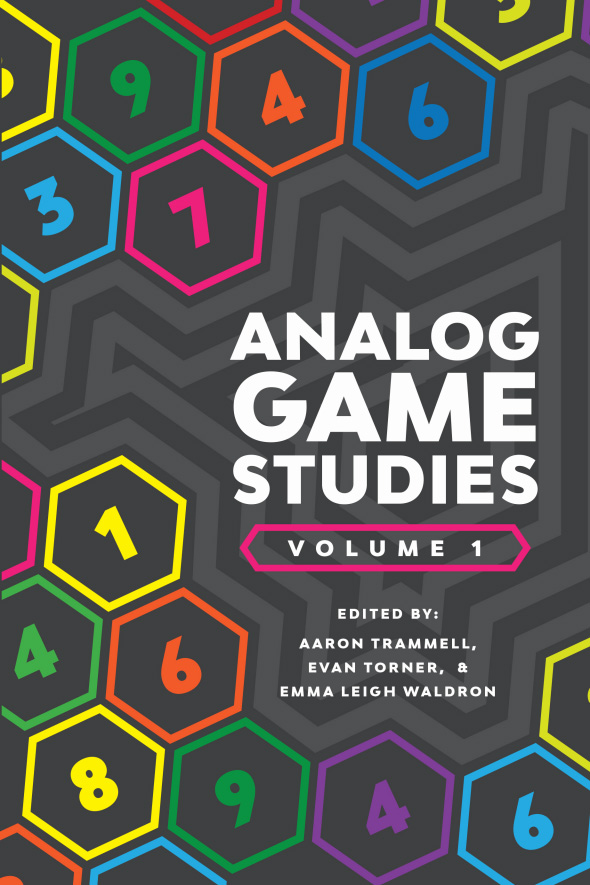Games and gamification have been popular topics in the language learning field for the past few decades, with the boom of new technology and the rush to be on the cutting edge of digital implementation in education inspiring many teachers to try and motivate and engage students in a fun and exciting way. However, not all of the conversation around games and gamification has been positive. In order to discuss gamification in further detail, it’s important to note the difference between the two terms, as they are not synonymous. Using games in a classroom entails incorporating games and game-like content into existing curricula, or designing curricula around their use. On the contrary, gamification is the use of game-like elements in a non-game context.
According to game designer and author of Reality is Broken Jane McGonigal (2011), the core elements of games are rules, goals, feedback, and voluntary participation. Gamification does not depend on the use of games, but rather these core mechanics. However, many gamified classrooms, whose goals and feedback systems are grade-based, tend to only superimpose points, badges, and leaderboards to engage and motivate. However, when taken out of the game context, points, badges, and leaderboards may be ineffective and consequently decrease motivation. Students are doing the same coursework in the same manner with only a superficial change in how they are rewarded.
According to Pew Research Center, over half of all adults play video games in 2016, with 10% considering themselves gamers. The number is significantly larger for adolescents, with over 96% of teens ages 12-17 play video games regularly. To break the numbers down even more, over half reported that they played games as recently as “yesterday” with 86% owning some type of gaming console or computer. What these numbers tell us is that Americans, especially children and young adults, know a lot about games. For language learners, who are in the majority of game players according to these numbers, these types of superficial changes that do not touch on the core mechanics of what games truly are, will not be taken seriously. So why is it that people play games?
According to gamification expert Yu-Kai Chou (2015), an important element in many successful games is epic meaning. Epic meaning is the sense that the players are part of something bigger than themselves, that they shape and impact not only their own destiny, but the destiny of others. We see this presented in everyday life: the vast number of Wikipedia moderators who normally do not earn wages from their work; buying shoe brands that donate a pair of shoes to less fortunate children around the world; using apps that donate money to others with each use. People like to feel as if they are a part of something bigger than themselves, and that their contribution and effort matters to not only them, but others. Can this idea of epic meaning and calling be incorporated into a language learning classroom?
Let’s look at the goals of a communicative language classroom:
- An emphasis on learning to communicate through interaction in the target language.
- The introduction of authentic texts into the learning situation.
- The provision of opportunities for learners to focus, not only on language but also on the learning process itself.
- An enhancement of the learner’s own personal experiences as important contributing elements to classroom learning.
- An attempt to link classroom language learning with language activities outside the classroom.
From looking at these goals of CTL, we can see that it is already primed for epic meaning. By structuring the course curriculum around epic meaning and drive, the language classroom can become a place for engagement in learning. But how can we as teachers accomplish this?
In a course I am currently designing for my MA project in the Language Teaching Specialization program at the University of Oregon, I use gamification as a way to encourage collaborative work on a creative writing project. Learners in this creative writing class are called to complete an objective: work together in teams to create a narrative based mobile game they will present in a final showcase showdown. The goals of the gamified experience are to promote autonomy and expression of personal identity as individuals, while allowing students to develop interpersonal communication and pragmatic skills through collaboration. At the same time, learners build a wider vocabulary, strengthen their grammatical competence, and develop composition skills that are transferrable to all genres of writing.
In order to complete their project, they will be called to fulfill different roles in both their team and other teams as well. For example, each person might have different strengths that they, as a team, can decide how to best utilize. In addition, because their games require images to be taken and uploaded into the software, they can choose to include images from the Mystery Box, which are an assortment of scenarios for images that they must find a way to incorporate into their story. The Mystery Box also includes a writing section, in which teams can choose to incorporate a random character, plot point, or setting into their story for additional bonus points. Each team has full control over their game, and can use any resources and props they like, which they are responsible for acquiring. If they choose to collaborate with other teams, they can expand their pool of resources, which benefits all. Cross-collaborating is also beneficial for earning bonus points by playing a role in the creation of others’ games as well, such as by being actors in other teams’ games, or peer-editing and giving creative feedback. By incorporating epic meaning into the core of the curriculum, learners are impacting not only their own projects, but the projects of their peers. The gamified structure also promotes autonomy, creativity, and engagement.
– Becky Lawrence & Emily Letcher
Resources:
http://www.pewinternet.org/2008/09/16/teens-video-games-and-civics/
http://www.pewinternet.org/2015/12/15/gaming-and-gamers/
McGonigal, J. (2011). Reality is broken: Why games make us better and how they can change the world. New York: Penguin Press.
Chou, Y. (2015). Actionable gamification: Beyond points, badges, and leaderboards. Fremont, CA: Octalysis Media.






